SsangYong Korando vs Toyota Yaris Cross – Performance, range & efficiency compared
Two cars, one duel: SsangYong Korando meets Toyota Yaris Cross.
Which one wins in performance, efficiency and value for money? Find out now!
Costs and Efficiency:
Price and efficiency are often the first things buyers look at. Here it becomes clear which model has the long-term edge – whether at the pump, the plug, or in purchase price.
Toyota Yaris Cross has a slightly advantage in terms of price – it starts at 23700 £, while the SsangYong Korando costs 27000 £. That’s a price difference of around 3300 £.
Fuel consumption also shows a difference: Toyota Yaris Cross manages with 4.50 L and is therefore decisively more efficient than the SsangYong Korando with 7.50 L. The difference is about 3 L per 100 km.
Engine and Performance:
Power, torque and acceleration say a lot about how a car feels on the road. This is where you see which model delivers more driving dynamics.
When it comes to engine power, the SsangYong Korando has a noticeable edge – offering 190 HP compared to 130 HP. That’s roughly 60 HP more horsepower.
In acceleration from 0 to 100 km/h, the SsangYong Korando is distinct quicker – completing the sprint in 8.40 s, while the Toyota Yaris Cross takes 10.70 s. That’s about 2.30 s faster.
In terms of top speed, the SsangYong Korando performs to a small extent better – reaching 191 km/h, while the Toyota Yaris Cross tops out at 170 km/h. The difference is around 21 km/h.
Space and Everyday Use:
Whether family car or daily driver – which one offers more room, flexibility and comfort?
Both vehicles offer seating for 5 people.
In curb weight, Toyota Yaris Cross is evident lighter – 1180 kg compared to 1517 kg. The difference is around 337 kg.
In terms of boot space, the SsangYong Korando offers noticeable more room – 551 L compared to 397 L. That’s a difference of about 154 L.
In maximum load capacity, the SsangYong Korando performs to a small extent better – up to 1248 L, which is about 151 L more than the Toyota Yaris Cross.
When it comes to payload, Toyota Yaris Cross barely noticeable takes the win – 510 kg compared to 463 kg. That’s a difference of about 47 kg.
Who comes out on top?
Overall, the SsangYong Korando shows itself to be is largely superior and secures the title of DriveDuel Champion.
It convinces with the more balanced overall package and proves to be the more versatile choice for everyday use.
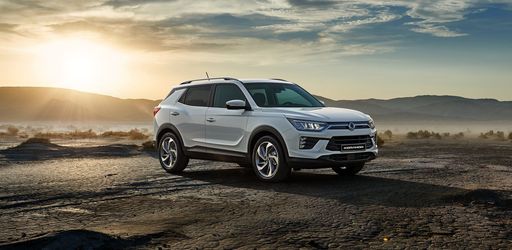
SsangYong Korando
SsangYong Korando
The SsangYong Korando offers a blend of contemporary design and practicality, making it an appealing choice for urban adventurers. Its spacious interior and comfortable seating ensure a pleasant driving experience for both driver and passengers. With its reliable performance and advanced features, the Korando stands out in the competitive SUV market.
details @ Ssangyong
@ Ssangyong
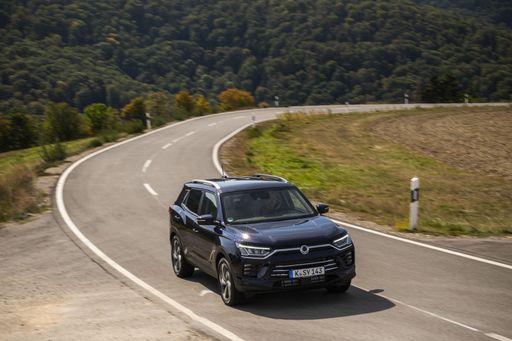 @ Ssangyong
@ Ssangyong
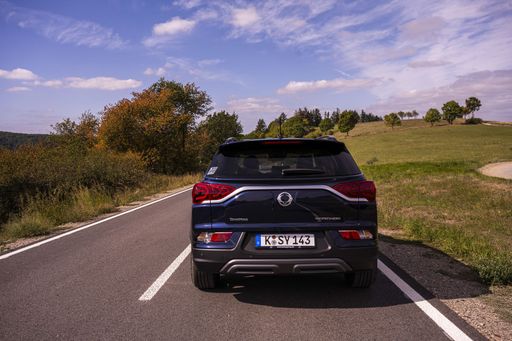 @ Ssangyong
@ Ssangyong
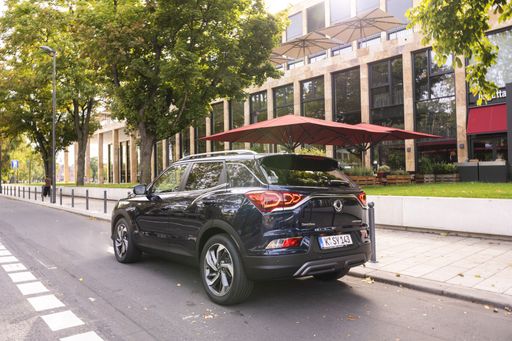 @ Ssangyong
@ Ssangyong
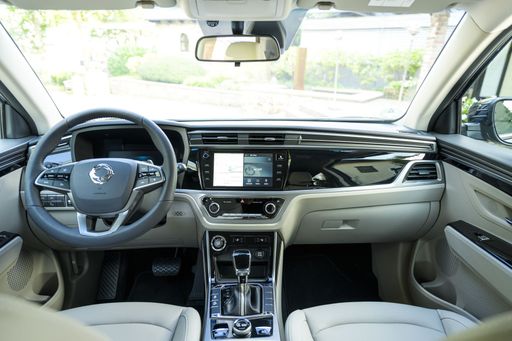 @ Ssangyong
@ Ssangyong
Toyota Yaris Cross
The Toyota Yaris Cross combines the practicality of a compact SUV with the agility of a smaller car, making it ideal for urban adventures. Its elevated seating position offers excellent visibility, while the stylish design ensures it stands out on the city streets. Inside, the Yaris Cross boasts a modern interior with advanced technology features designed to enhance the driving experience.
details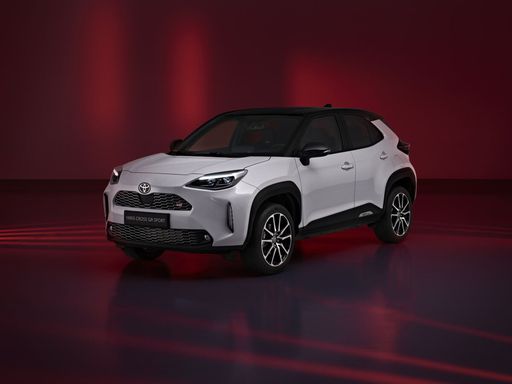 @ Toyota
@ Toyota
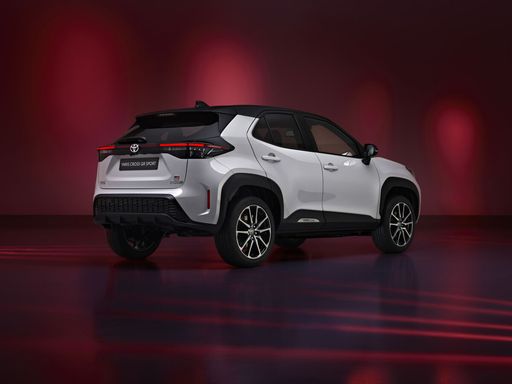 @ Toyota
@ Toyota
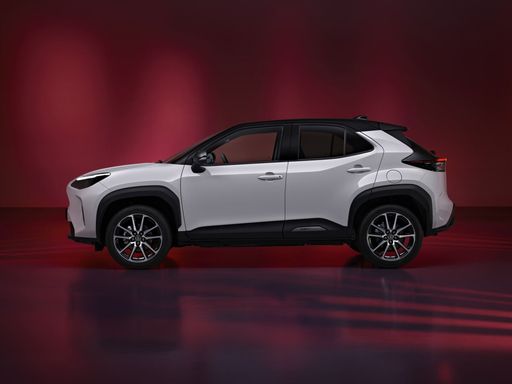 @ Toyota
@ Toyota
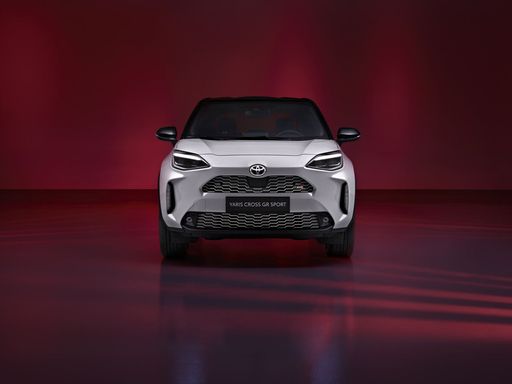 @ Toyota
@ Toyota
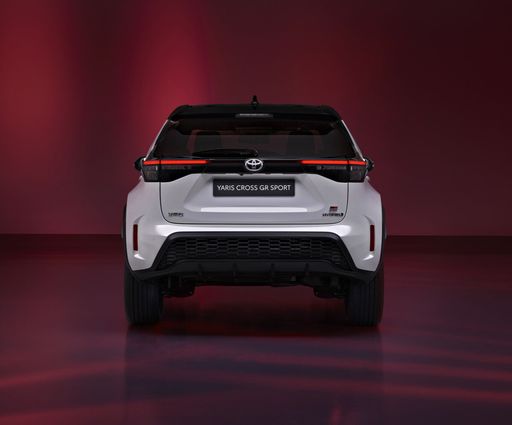 @ Toyota
@ Toyota
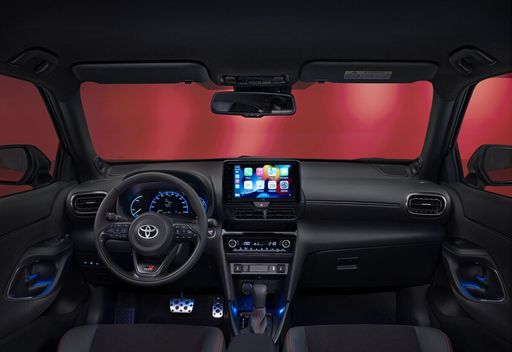 @ Toyota
@ Toyota
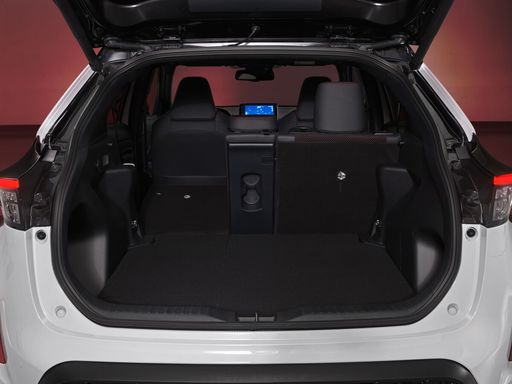 @ Toyota
@ Toyota

|

|
|
|
|
Costs and Consumption |
|
|---|---|
|
Price
27000 - 42000 £
|
Price
23700 - 34300 £
|
|
Consumption L/100km
7.5 - 8.6 L
|
Consumption L/100km
4.5 - 4.8 L
|
|
Consumption kWh/100km
16.80 kWh
|
Consumption kWh/100km
-
|
|
Electric Range
339 km
|
Electric Range
-
|
|
Battery Capacity
-
|
Battery Capacity
-
|
|
co2
0 - 197 g/km
|
co2
101 - 108 g/km
|
|
Fuel tank capacity
50 L
|
Fuel tank capacity
36 L
|
Dimensions and Body |
|
|---|---|
|
Body Type
SUV
|
Body Type
SUV
|
|
Seats
5
|
Seats
5
|
|
Doors
5
|
Doors
5
|
|
Curb weight
1517 - 1840 kg
|
Curb weight
1180 - 1290 kg
|
|
Trunk capacity
551 L
|
Trunk capacity
320 - 397 L
|
|
Length
4450 - 4465 mm
|
Length
4180 mm
|
|
Width
1870 mm
|
Width
1765 mm
|
|
Height
1620 - 1645 mm
|
Height
1595 mm
|
|
Max trunk capacity
1248 L
|
Max trunk capacity
1097 L
|
|
Payload
410 - 463 kg
|
Payload
485 - 510 kg
|
Engine and Performance |
|
|---|---|
|
Engine Type
Petrol, Electric
|
Engine Type
Full Hybrid
|
|
Transmission
Manuel, Automatic
|
Transmission
Automatic
|
|
Transmission Detail
Manual Gearbox, Automatic Gearbox, Reduction Gearbox
|
Transmission Detail
CVT
|
|
Drive Type
Front-Wheel Drive, All-Wheel Drive
|
Drive Type
Front-Wheel Drive, All-Wheel Drive
|
|
Power HP
163 - 190 HP
|
Power HP
116 - 130 HP
|
|
Acceleration 0-100km/h
8.40 s
|
Acceleration 0-100km/h
10.7 - 11.3 s
|
|
Max Speed
156 - 191 km/h
|
Max Speed
170 km/h
|
|
Torque
260 - 360 Nm
|
Torque
-
|
|
Number of Cylinders
4
|
Number of Cylinders
3
|
|
Power kW
120 - 140 kW
|
Power kW
85 - 96 kW
|
|
Engine capacity
1497 cm3
|
Engine capacity
1490 cm3
|
General |
|
|---|---|
|
Model Year
2021 - 2023
|
Model Year
2024 - 2025
|
|
CO2 Efficiency Class
F, G, A
|
CO2 Efficiency Class
C
|
|
Brand
SsangYong
|
Brand
Toyota
|
What drive types are available for the SsangYong Korando?
Available configurations include Front-Wheel Drive or All-Wheel Drive.
The prices and data displayed are estimates based on German list prices and may vary by country. This information is not legally binding.
